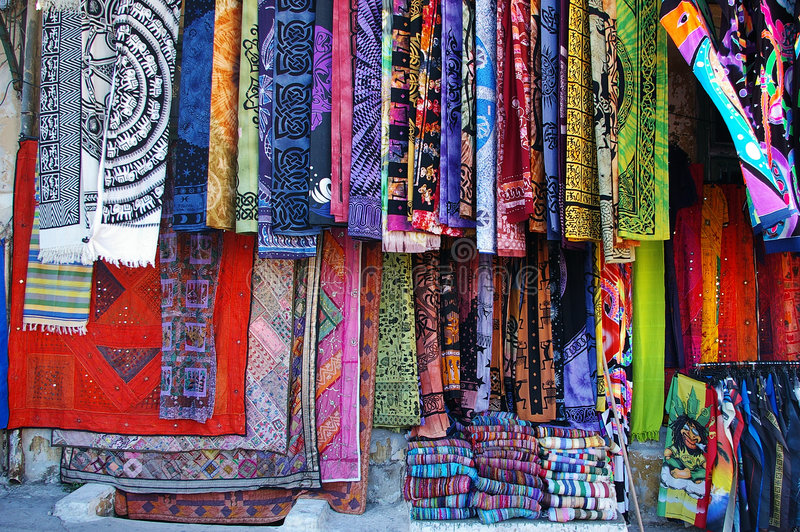CURRENT AFFAIRS
Get the most updated and recent current affair content on Padhaikaro.com
Boost to Man-Made Fibre Sector (MMF)
- Vaid's ICS, Lucknow
- 20, Sep 2021

Why in News?
Indian policy makers who had preferred cotton based textile policy over the decades are significantly moving towards man-made fibre sector (MMF)
How is the textile market of India?
- India is the largest producer of cotton in the world accounting for 25% of global output.
- But, cotton yarn’s share in the nation’s export basket has halved since the turn of the century because of the shift from natural fibres like cotton to man-made fibres (MMF) such as polyester, viscose and Kevlar.
- India’s share in MMF based readymade garment trade is a mere 2 per cent despite the fact that it is the second largest producer of MMF.
What steps have been taken to push the textile sector?
- The government removed the anti-dumping duty levied on purified terephthalic acid (PTA), a key raw material to make Polyester Staple Fibre .
- Mega Investment Textiles Parks (MITRA) policy , 2021– Under which seven large integrated textile parks, each spread over 1,000 acres, will be set up in the next three years benefitting both cotton and MMF segments.
- Recently, the government scrapped the anti-dumping duty on viscose staple fibre (VSF), a critical input for MMF textiles.
- Remission of Duties and Taxes on Export Products (RoDTEP) scheme – Introduced to reduce the tax burden on exporters and make them more competitive.
- PLI scheme for textiles – Focusing on MMF and technical textiles was announced involving incentives worth Rs.10,683 crore.
What measures will help India regain its dominance in textile exports?
- The GST structure of MMF (GST on fibre is 18%,on yarn is 12 % and on fabric is 5 %) is inverted whereas GST for cotton is uniformly 5 % .
- A fibre neutral policy is required as MMF manufacturers are unable to take input credit in full.
- More reforms and investment in infrastructure are needed to bring the high logistics and labour costs.
- Automation, especially in readymade garments, will help increase productivity and reduce costs.
- To promote competitiveness among Indian exporters , government needs to incentivise them as like Bangladesh and Vietnam.
- There is a need to sign preferential trade agreements with importing countries. Vietnam’s FTA model can be used for this purpose.
Facts for Prelims
GENERAL SHERMAN
Two wildfires in California – one called the Colony fire and the other called Paradise – are burning through the Sequoia National Park in the Sierra Nevada that is home to some of the largest trees in the world.
About it :
- Among these trees is the world’s largest tree popularly known as General Sherman, which firefighters are now trying to protect from the blaze.
- The General Sherman tree is the world’s largest in terms of volume and exists in the Giant Forest sequoia grove of the national park. As per recent estimates, General Sherman is about 2,200 years old.
- It stands at a height of 275 feet (taller than the leaning tower of Pisa) and has a diameter of 36 feet at the base.
- Even 60 feet above the base, the tree has a diameter of 17.5 feet.
SEA CUCUMBERS
In a swift operation, the Indian Coast Guard (ICG) team at Mandapam, Tamil Nadu seized two tonnes of sea cucumber, a banned marine species.
About:
- Sea cucumbers are in high demand in China and Southeast Asia.
- Sea cucumber in India is treated as an endangered species listed under schedule I of Wildlife Protection Act of 1972.
- It is primarily smuggled from Tamil Nadu to Sri Lanka in fishing vessels from Ramanathapuram and Tuticorin districts.